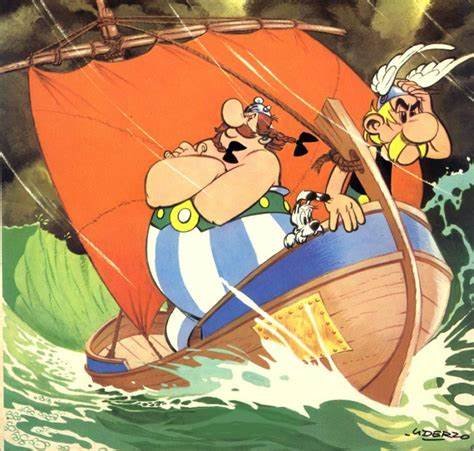How to use visual metaphors in political commentary is an important skill for anyone looking to make an impact through their art or writing. Visual metaphors allow creators to express complex ideas in a straightforward and relatable way. By connecting an abstract concept with a concrete image, you can engage your audience and make your message more memorable. In this article, we’ll discuss how to effectively use visual metaphors in political commentary, providing insights and tips that can help elevate your work.
1. Understand the Power of Visual Metaphors
Visual metaphors can transform political commentary by making it accessible. They help to illustrate complex political situations by comparing them to familiar objects or concepts. For example, using a broken chain to symbolize a lack of freedom can evoke a strong emotional response. Understanding how to use visual metaphors in political commentary means recognizing their power to communicate feelings and ideas without words.

2. Choose Your Metaphors Wisely
When you consider how to use visual metaphors in political commentary, it is crucial to choose metaphors that resonate with your audience. Think about the cultural context and the values of your viewers. A metaphor that works well in one culture may not have the same impact in another. For instance, using a lion to represent strength may be powerful in some cultures but could be less effective in others. Always consider your audience’s perspectives when selecting visual metaphors.
3. Keep It Simple
Simplicity is key when using visual metaphors. A clear and straightforward metaphor is often more effective than a complex one. When thinking about how to use visual metaphors in political commentary, focus on images that convey your message quickly. For instance, depicting a politician as a puppet can instantly communicate the idea of manipulation. The more direct your visual metaphor, the easier it is for your audience to grasp your message.
4. Use Contrasts to Highlight Issues
Contrasting visual metaphors can effectively emphasize political issues. For example, showing a rich person lounging on a pile of gold while a poor person struggles nearby can starkly illustrate economic inequality. When considering how to use visual metaphors in political commentary, think about how contrasts can make your point more vivid. Juxtaposing different images can draw attention to critical disparities and provoke thought.
5. Incorporate Humor Carefully
Humor can be a powerful tool in political commentary, but it must be used carefully. When deciding how to use visual metaphors in political commentary, a humorous approach can lighten heavy topics and engage your audience. For example, depicting a politician as a clumsy cartoon character can highlight their incompetence while keeping the tone light. However, be cautious not to trivialize serious issues; the humor should enhance your message, not undermine it.
6. Make It Relatable
To effectively communicate your message, ensure that your visual metaphors are relatable to your audience. This means using images or concepts familiar to them. For instance, comparing a political crisis to a sinking ship can resonate with many people because it is a common metaphor for disaster. When thinking about how to use visual metaphors in political commentary, focus on shared experiences that can help your audience connect with your message.
7. Experiment with Different Styles
There are many ways to create visual metaphors, from traditional drawings to digital art and photography. As you explore how to use visual metaphors in political commentary, experiment with different artistic styles to find what works best for your message. For example, a bold, graphic style can create a sense of urgency, while a more subtle, nuanced approach might invite deeper reflection. Don’t be afraid to try new techniques to see what resonates most with your audience.
8. Test Your Metaphors
Before finalizing your work, consider testing your visual metaphors with a small audience. Show your images to friends or colleagues and ask for their feedback. Do they understand the metaphor? Does it resonate with them? By seeking input, you can refine your message and ensure that your visual metaphors effectively convey your intended ideas. This feedback loop is essential when considering how to use visual metaphors in political commentary.
9. Stay True to Your Voice
While it’s important to consider your audience, don’t lose sight of your unique voice and perspective. Authenticity is key when using visual metaphors in commentary. Your individual style and viewpoint can make your work stand out and connect with viewers on a deeper level. Remember that your perspective is valuable, and expressing it through visual metaphors can create meaningful commentary.
10. Reflect on the Impact of Your Work
Finally, always reflect on the impact of your visual metaphors. After sharing your work, consider how it was received. Did it provoke thought or inspire action? Understanding how your audience interacts with your visual metaphors can help you improve your future work. This reflection is vital in developing your skills and effectiveness in political commentary.
Conclusion
In conclusion, learning how to use visual metaphors in political commentary is an invaluable skill. By understanding their power, choosing simple and relatable metaphors, and experimenting with styles, you can create impactful commentary that resonates with your audience. Remember to test your work and reflect on its impact to continue growing as a commentator. With practice, your ability to convey complex ideas through visual metaphors will only strengthen.











